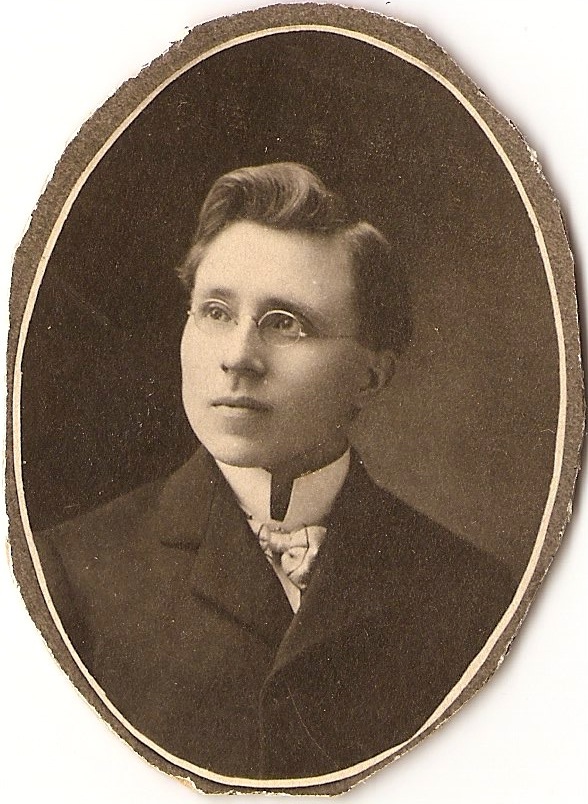We spent a couple hours scanning in some family pictures from albums that Kate and my mom put together from the big mountain of family snapshots that had accumulated for decades and decades. A lot of what we’re scanning is stuff from our own lives, scenes and experiences that the images recall vividly and instantly.
And then there’s the photo above. That’s my dad’s father, Sjur Ingebrigtsen Brekke. who passed on long before I was born. A note on the reverse in my grandmother’s handwriting says, “Lake Michigan, July 31, 1911.” (Maybe such inscriptions are passe, but if you want your own virtual mountain of digital snaps to be a little more intelligible to your posterity, leave some hint of who, what, when, where, etc.)
This man has always been an enigma. Here he is at age 35, ten years before my dad’s arrival in the world. He died a little more than ten years after that event, at age 55. I haven’t seen a picture in which he actually cracks a smile–at least not in any sense I’d recognize. Here he looks a bit put off by whoever it was talked him into coming out to the dunes in his suit. He was a Lutheran pastor in Muskegon at the time, and maybe that was the official beach uniform of his calling. (By all accounts, which means what my dad has told us, he was a kind and gentle soul and a reserved and quiet one, too.)
The photo’s composition is curious, too. Here we are in a picturesque stretch of the Michigan dunes, and the picture is framed in a way that directs attention to the smoke-emitting building in the background. (Later researches showed that the building in the background was the Muskegon waterworks. That building andthe dunes in the distance are no more.)
Below: A picture of Sjur at age 26, a little more relaxed looking, about the time he was completing his studies to become a minister.

